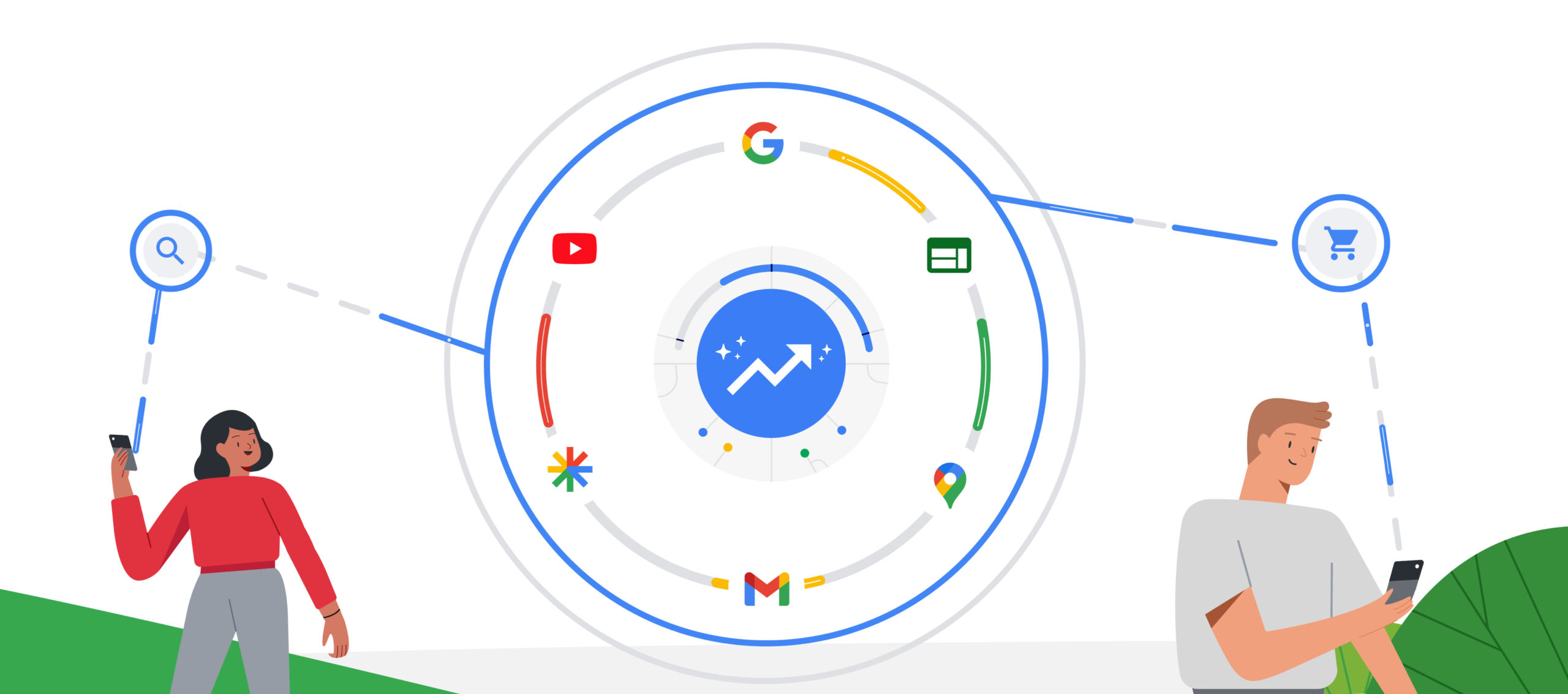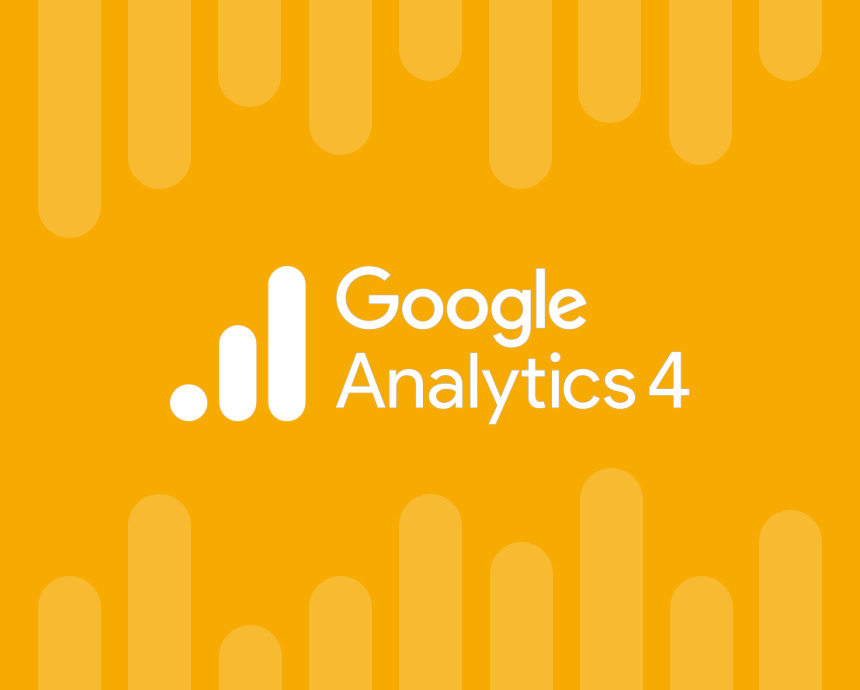To say that digital marketing is an ever-evolving and constantly changing industry would be an understatement. Every day we hear news of new products, new features and the latest updates to our favourite programmes and platforms. Whether it’s ChatGPT or the excitement that comes with a brand-new product that can make the most boring of tasks a million times easier, or a redesign of your favourite social planner’s interface, these changes, big or small, can have a huge impact on the way that we work and the results that we get. It’s for this reason that it is super important to keep on top of as many of these changes as possible so you’re not left scratching your head wondering where it all went wrong.
If there is one platform that is guilty of forever changing and updating the way it works and looks, it’s Google Ads, the Internet’s leading online advertising platform. On what sometimes seems a weekly basis, Google changes something with Google Ads that either massively helps us as online advertisers, or completely destroys something that’s been working so well for so long; and it’s for this precise reason, that keeping up with all of the changes that Google Ads throws at us is essential to providing clients with the best experience and results possible.
Without further ado, here are the more significant changes to Google Ads over the past 12 months.

A move from smart shopping & local campaigns to Performance Max
In November 2021, Google announced that dedicated smart shopping and local campaigns would eventually be upgraded to the new Performance Max campaign type. For those of you that haven’t used Google Ads recently, Performance Max campaigns are Google’s answer to a fully-automated campaign type that relies heavily on advertiser-provided data to target users, instead of the typical methods of keywords or content to target users. Here, you provide Google with ‘assets’ such as a final URL, headlines, images, videos and a product feed, and they will create a variety of combinations that they serve across all of their advertising networks including search, display, video, Gmail and Maps.
As a result of Google pushing more advertisers to their shiny new campaign type, any account that was running smart shopping or local campaigns was faced with several choices, depending on the campaign type they were running. If an advertiser had a smart shopping campaign, they could either move to a standard shopping campaign and manually manage the bids or their products, or upgrade to the Performance Max version. Local campaign advertisers, could either upgrade to Performance Max or switch off their campaigns entirely if they felt concerned over the lack of control that was on offer. Again, Performance Max is a more automated campaign type that takes away the granular controls that typical campaign types offer.
The reason behind the move to Performance Max for these two campaign types was down to “accessing brand new inventory and formats across YouTube, Search text ads and Discover.” According to Google and their early tests, advertisers who upgrade Smart Shopping campaigns to Performance Max see an average increase of 12% in conversion value at the same or better return-on-ad-spend (ROAS).

Expanded Texts Ads (ETAs) sunsetted
It seems as though 2021 was a real year of change for Google Ads as Google also announced that the beloved Expanded Text Ad (ETAs) was to be sunsetted and the default ad type for newly created search campaigns will be Responsive Search Ads (RSAs).
ETAs provided advertisers with an ad format that delivered three headlines and two descriptions in a fixed position, that pointed to a landing page of choice. The great thing about ETAs was that they offered a simple effective method of testing ad copy between ads to find what resonated most with the audiences targeted. However, with RSAs, this control and ability to A/B test have gone. RSAs are a format that delivers 15 headlines and four descriptions that can be served in a variety of combinations, with none fixed to any particular position unless pinned. RSAs also offer advertisers a real-time scorecard that provides information on how to improve the ad to achieve a higher ad score, which ranges from poor to excellent.
The reason why Google decided to introduce and move towards RSAs from ETAs is their ability to offer more flexibility, and serve a wider range of searches, something ETAs were unable to do due to their lack of headlines and descriptions. According to Google, advertisers that use RSAs can experience up to 10% more clicks & conversions than using expanded text ads.
Now, just because ETAs are sunsetted, it doesn’t mean they are unable to still be served. Any advertising accounts that have ETAs enabled are still able to run them, they are just unable to be edited. So, if you have any ETAs in your account, be sure to double-check that any copy is still relevant and up-to-date because if not, you may have to pause and switch over to responsive!

The sunset of Similar Audiences
Another of Google Ads biggest changes over the last 12 months is the announcement that Similar Audiences will also be sunsetted. In November 2022, Google set forth that after May 2023, no new similar audience segments will be created out of respect for greater user privacy. Any campaigns that are using similar audience segments, will continue to serve until August 2023, after which these will be removed. There is no need to panic, however, as historic performance reporting will still be available for all advertisers.
Similar Audiences is an audience segment that is made up of users that are similar to another audience segment. For example, if you have a custom audience made up of visitors to a checkout page on your website, you can create a similar audience list where Google will serve your ads to users who are similar to the users within your custom audience list. This allows advertisers to expand the reach of their ads to users who may match or have similar traits and behaviours to high-value users that have not already been served with an ad.
Again, this announcement was made for two main reasons:
- Evolution of online marketing approaches
- Privacy-preserving alternatives developing
Now, just because similar audience segments are unable to be manually created or added to campaigns after May 2023, they aren’t going away entirely. In November 2022, Google made it clear that although similar audiences will be gone in the way that we have been used to, we will still be able to serve our ads to users outside of our audience targeting options through more automated targeting and bidding solutions that use similar signals.
More changes in Google Ads
Despite these being some of the larger changes that have happened in Google Ads over the last year, they are not the only changes. Below is a list of some of the smaller, but still important, changes that you may have missed:
- Ad extensions renamed and revamped as ‘ad assets’with a brand-new asset performance report
- A host of new reporting columns being made available that provide additional information about ads and accounts
- An updated scripts experience that provides advertisers with faster performance and better validation
- Select targeting options such as keywords being removed for video campaigns
- The introduction of audio ads that allows advertisers to serve ads to users that may listen to their content
- Updated business information assets such as business name and logo that can appear alongside search ads
- Ads becoming more distinguishable from organic results on the search results page.


Be sure to keep up with future changes so that you can continue to optimise and run your campaigns without any nasty surprises, if you would like us to cover any of the above changes in more detail don’t hesitate to let us know!




